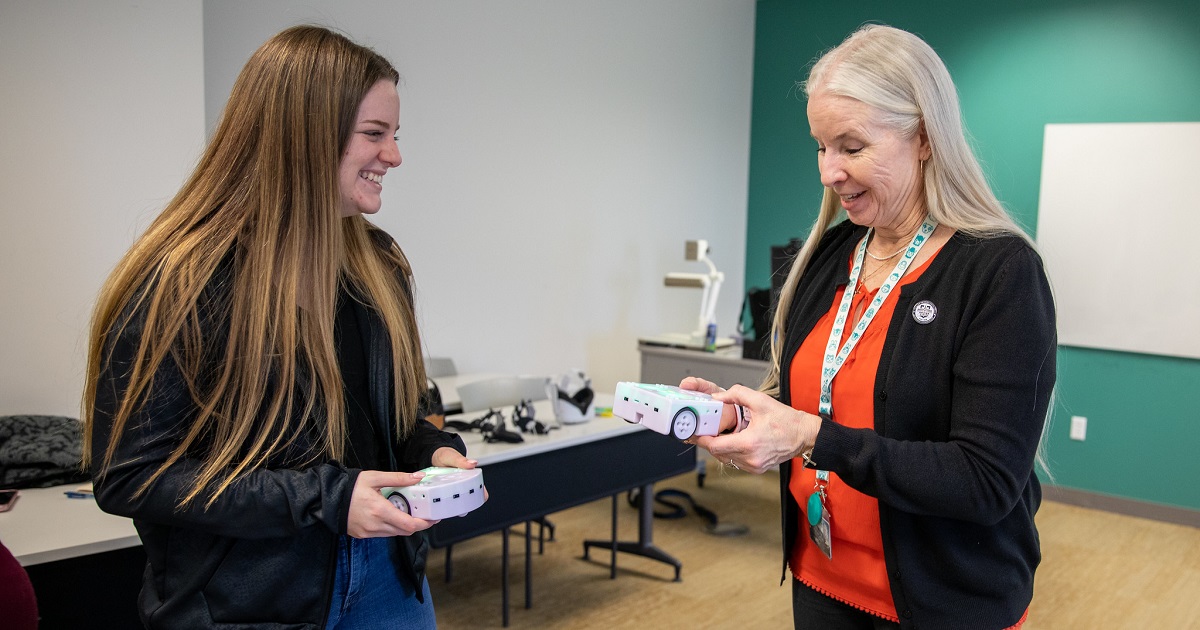
An education professor from Texas A&M University-Central Texas, Dr. Elizabeth Casey, is working alongside the U.S Department of Agriculture’s (USDA) National Institute of Food and Agriculture (NIFA). She received a grant of $150,000 from the institute which has given her the freedom to pursue Project TALENT: Transforming Agricultural Literacy-Learning and Enhancing Team-Teaching. Her goal is to cooperate with teachers in Central Texas area schools to encourage students to pursue agricultural careers and reduce the digital divide.
American society continues to move towards having a smaller rural population as metropolitan centers grow. As such, concerns are mounting about having enough skilled workers to keep farming industries functioning. Many institutions have begun searching for hope in public schools.
"The USDA is wanting to develop in younger people an appreciation, or maybe a passion, for farming or ranching … to make sure we don't lose that art of agriculture," Dr. Casey said.
To get students involved in these areas, Dr. Casey is collaborating with teachers through Project TALENT to find ways of showing how agriculture can be included in multiple subjects. She gave some examples of what that could look like for different instructors:
"If you're teaching a math lesson and you want to incorporate maybe geometry, you're going to incorporate maybe building a greenhouse … maybe the science teacher is having a lesson on different soils."
Dr. Casey has also been looking into how educational technology might further the USDA’s goal. She uses things like small robots that help students learn the basics of programming by giving the robot simple instructions. Her specific interest, though, is in virtual reality (VR). Not only did she speak to her own personal enjoyment of VR headsets, but she also expressed the potential it holds for putting kids in contact with agriculture.
"Through the ed. tech, I think that adds a layer so that students can actually stand in a corn field and look around … being there, doing something," she explained.
The inclusion of computer technology in the classroom holds much promise as it becomes a bigger part of most students’ daily lives. One thing that Dr. Casey is interested in, however, is making that technology available to more students so that those without it are not put at a disadvantage. She continues to push forward in her work on Project TALENT in pursuit of this, as well as how it may open doors to innovative ways of getting young people interested in farming.

